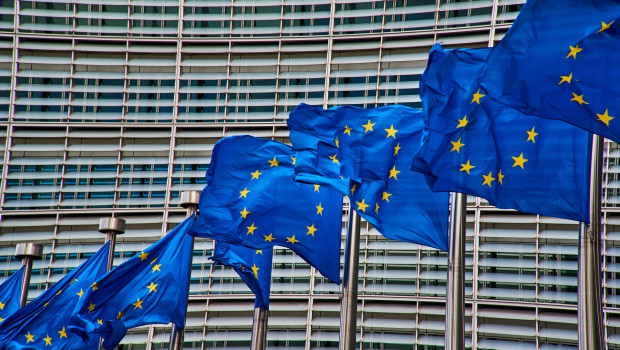Eurozone recovery unexpectedly slows - PMI

The eurozone’s nascent economic recovery unexpectedly slowed in June, official data showed on Friday, weighed down by weakness in the manufacturing sector.
The flash HCOB composite PMI output index for June came in at 50.8, down on May’s 52.2 and significantly below expectations for 52.5. It was also a three-month low.
Within that, the services PMI business activity index eased to 52.6 from 53.2, missing forecasts for 53.5, while the manufacturing PMI reached fell to six-month low of 45.6 from 47.3 in May.
Analysts had been expecting a slight pick-up in the manufacturing PMI, to 47.9.
The manufacturing PMI output index also reached a six-month low, falling to 46.0 from 49.3.
Overall, new orders decreased for the first time in fourth months, while business confidence dipped from May’s 27-month high to the lowest rate since February. Rates of input cost and output price inflation continued to ease, however.
Among individual member states, Germany – the European Union’s biggest economy – saw a third successive monthly increase in business activity. But the rate of expansion slowed, while new orders fell.
The German composite PMI was 50.6, well below the 52.7 forecast, while France dipped to 48.2. Analysts had pencilled in 49.4.
Cyrus de la Rubia, chief economist at Hamburg Commercial Bank, said: “Is the recovery in the manufacturing sector ending before it began. Both we and the market consensus anticipated that the increase in the index in May would be followed by another rise in June.
“The services sector continues to keep the Eurozone afloat. Even though activity didn’t pick up as much as last month and fell short of what most analysts were expecting, the overall expansion was solid.”
Bert Colijn, senior economist, Eurozone, at ING, said: “The lower PMI in June suggests that growth in the second quarter may be slower than initially expected.
“With price pressures easing, this confirms the view of a moderate economic environment in line with expectations for very cautious easing from the European Central Bank. The Eurozone economy is performing better than in 2023, but headwinds do remain.”
A reading above 50 indicates growth, while one below it suggests contraction.
The data were collected between 12 and 19 June.